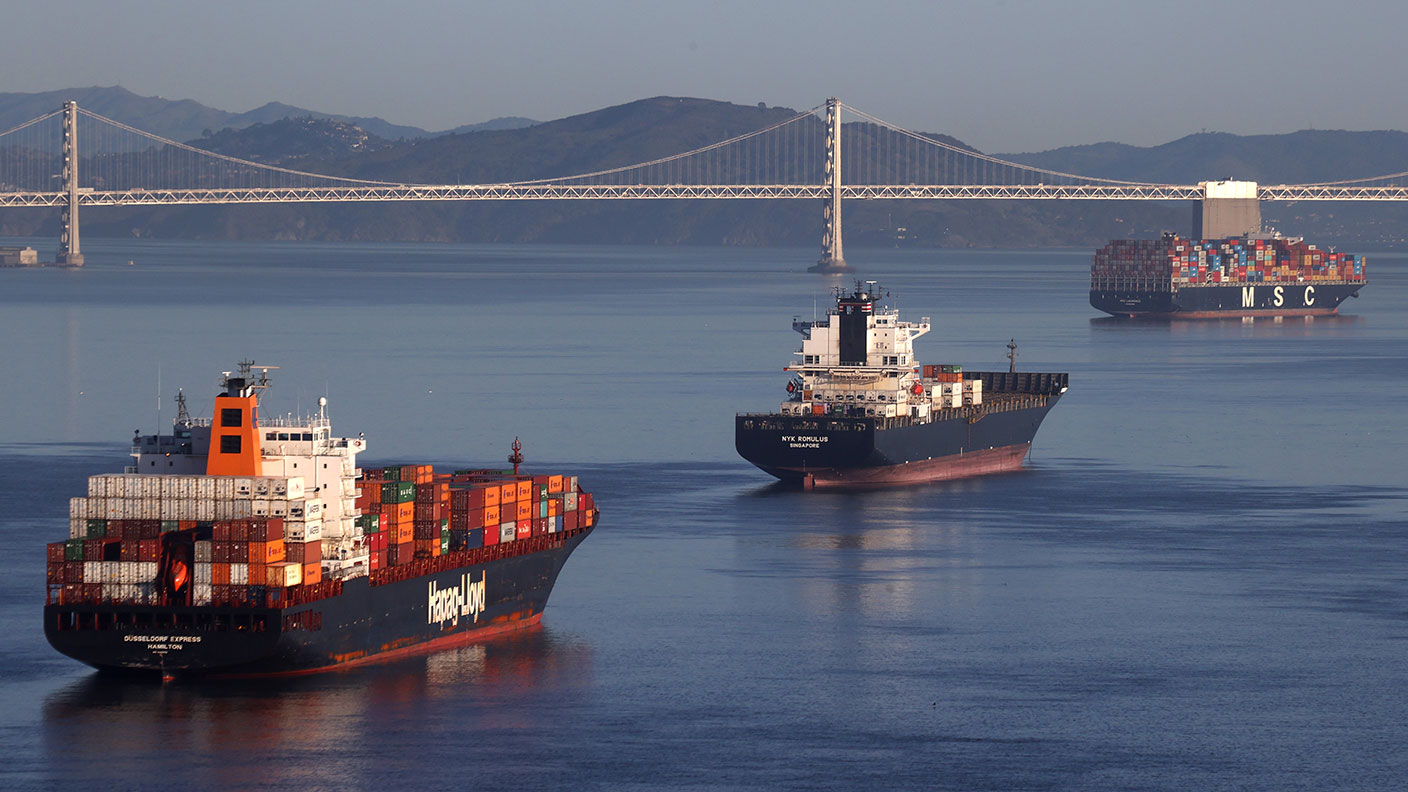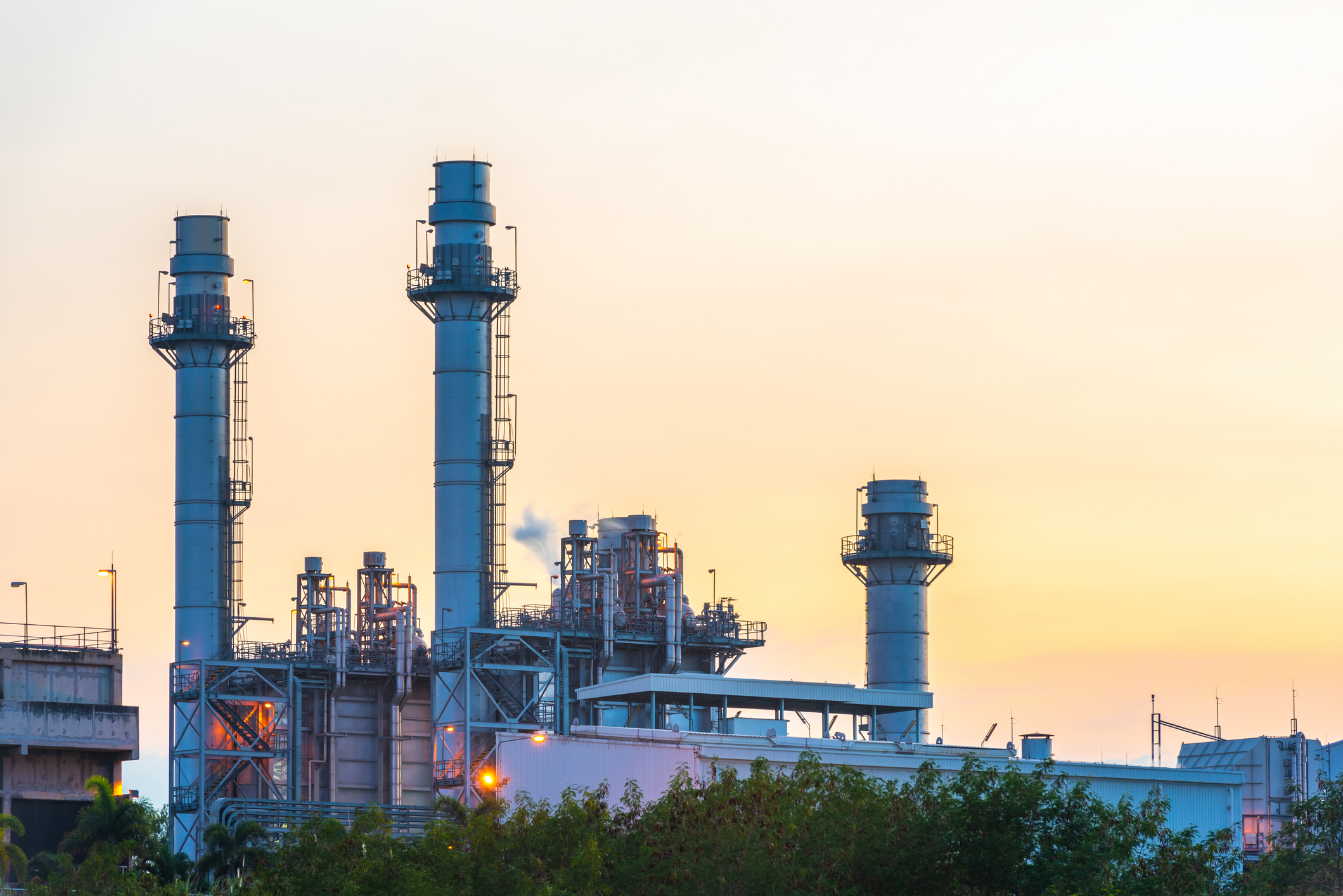Inflationary pressure is building across the globe. But is it here to stay?
As a rise in demand meets a squeeze in supply, shipping costs climb and labour shortages bite, everything is getting more expensive. John Stepek asks if it’s a temporary bottleneck, or a real turning point in the rise of inflation.


From an investor’s point of view, there’s one big post-pandemic question that matters more than any other: will the big picture economic backdrop finally turn into an inflationary, rather than a disinflationary, one?
I don’t have a crystal ball, so I can’t be sure of what’ll happen in the long run. But in the short-term at least, you don’t need a crystal ball. There are signs of inflationary pressure exploding out everywhere.
Everything important is getting more expensive
Fold-up bicycle maker Brompton has had a good pandemic. Apparently sales rose by about a fifth in the last year. And managing director Will Butler-Adams tells the FT he reckons that’ll continue, with economic boom times ahead once Covid-19 goes away: “The Roaring Twenties, here we go”.
MoneyWeek
Subscribe to MoneyWeek today and get your first six magazine issues absolutely FREE

Sign up to Money Morning
Don't miss the latest investment and personal finances news, market analysis, plus money-saving tips with our free twice-daily newsletter
Don't miss the latest investment and personal finances news, market analysis, plus money-saving tips with our free twice-daily newsletter
But while the demand side looks good, the supply side looks a challenge. Costs are rising because steel prices are higher, aluminium is in short supply, and shipping rates have shot up (for those wondering, note that while Brexit admin is in the mix, it is also apparently “the least of our problems”). The company has already raised prices by 6% this year. And it looks like they might end the year up by 10%.
The story is similar at “other small UK businesses”, reports the FT. So what’s going on?
To cut a long story short, we’re seeing exactly what you’d expect, given the weird nature of the recession we’ve just had. The pandemic whacked both supply of and demand for goods and services. But it did so artificially: the economy was shut down by lockdowns, but it was kept in deep freeze.
Now it’s thawing out, and demand is recovering much faster because it’s far easier to switch that back on than it is to sort out supply. As a result, you have a flood of demand hitting the market and supply can’t yet keep up.
Take those shipping costs, for example. A report from the San Francisco Chronicle notes that San Francisco Bay is struggling with a huge “West Coast maritime traffic jam, the biggest in years”.
There’s a lot more to this than just the blockage in the Suez Canal. This jam began to form at the start of this year. What happened? Factories in Asia reopened as lockdowns eased; imports surged too. As a result, the ports in southern California simply “couldn’t handle all the business”.
There was a shortage of vaccinated workers, for one thing, as well as a shortage of equipment. The number of backed-up ships peaked at about 40 in February. Now, reports Bloomberg, there are about 28 ships in line (though another seven look set to join the queue in the next few days).
For perspective, when things are going OK, the container ships can spend less than a day in the area, unloading before they head off. Currently the average wait for berth space is eight days. In November it was less than three days. All of this adds to costs.
As credit ratings group Fitch puts it: “World trade has recovered more rapidly than expected and, in combination with dislocations in the container shipping sector as a result of the pandemic, shipping freight costs have soared since November. Container ship charter rates have increased fourfold on some routes.”
It’s the same thing with raw materials. Commodity prices have been rocketing for some time. That’s partly because China snatched up a pile of commodities – particularly copper – at cheap pandemic prices last year, as Bloomberg reports.
Now Chinese buying might be slackening off. But again, in the US, president Joe Biden is planning a big infrastructure spending spree, which should help to keep demand strong.
There’s also a shortage of microchips, because again, supply has been unable to keep up with demand, and microchips are in practically everything these days.
Are these really just bottlenecks, or are they turning points?
And it’s not just raw materials. It’s that other vital resource – people. In the US, small businesses are complaining about being unable to hire staff. Yes, I know, small businesses rarely say – “yup, everything is absolutely hunky-dory” – but the data makes it clear that this is not just the usual gripes.
Last month, according to the National Federation of Independent Business, 42% of small businesses surveyed said they had jobs they can’t fill, reports Bloomberg. That’s a record high, and compares to an average since 1974 of 22%. And a full 91% said they’ve had "few or no qualified applicants for job openings in the last three months".
The US stimulus package – whereby lots of people have been getting much higher than usual unemployment benefits – will be helping to keep at least some people at home (rather than going back out to work for not a great deal more extra money).
Yet there are other underlying reasons why the labour market isn’t quite as much of a buyer’s market as you’d expect, given the level of unemployment. Nearly a million jobs were added to payrolls in the US last month, according to the latest US employment reports.
Employers want to hire because the economy is recovering, and it’s recovering with a great deal of strength. If you have a lot of options and you’re not quite as desperate as you perhaps normally would be after being out of work for nearly a year, then why rush to take the first offer?
Is that going to drive up wage inflation? Well, labour is like any other resource. Sure, you might well be able to get it cheaper if you wait a while. I mean, if everyone waited until the traffic jam was cleared in San Francisco, then shipping costs would go back down too.
But people aren’t waiting. They need that stuff now. And like commodities or imports, if you need labour right now, then that’s when you need it, and you’ll need to pay up for it.
Are these temporary bottlenecks? On the surface, yes, sure they are. But how long will it take to clear? And what will be the impacts in the meantime? And how much of this is really temporary and how much will turn out to be longer-term in nature?
Are rising shipping costs just down to bottlenecks? Or have we exhausted a lot of the disinflationary potential of globalisation?
Are rising commodity prices just down to an unexpected and sudden surge in demand? Or is the under-investment of recent years now catching up with us, alongside a pressing need to rejig a lot of our infrastructure to cope with electrification and renewable energy?
Is pressure on labour markets really just a short-term issue? Or is the political pendulum finally swinging back towards the workers and away from capital?
I don’t know. But I think we’re going to find out quite soon, and it could be a sticky period for anyone who thinks the trends of the last 40 years are going to continue for the next 40.
It’s all good reason to make sure your portfolio is prepared for inflation. It’s a theme we keep returning to in MoneyWeek magazine. If you’re not already a subscriber, you can get your first six issues, plus a beginner’s guide to bitcoin, absolutely free here.
Get the latest financial news, insights and expert analysis from our award-winning MoneyWeek team, to help you understand what really matters when it comes to your finances.
John Stepek is a senior reporter at Bloomberg News and a former editor of MoneyWeek magazine. He graduated from Strathclyde University with a degree in psychology in 1996 and has always been fascinated by the gap between the way the market works in theory and the way it works in practice, and by how our deep-rooted instincts work against our best interests as investors.
He started out in journalism by writing articles about the specific business challenges facing family firms. In 2003, he took a job on the finance desk of Teletext, where he spent two years covering the markets and breaking financial news.
His work has been published in Families in Business, Shares magazine, Spear's Magazine, The Sunday Times, and The Spectator among others. He has also appeared as an expert commentator on BBC Radio 4's Today programme, BBC Radio Scotland, Newsnight, Daily Politics and Bloomberg. His first book, on contrarian investing, The Sceptical Investor, was released in March 2019. You can follow John on Twitter at @john_stepek.
-
 300,000 remote workers to miss out on working from home tax relief
300,000 remote workers to miss out on working from home tax reliefThousands of workers forced to work from home will no longer benefit from the working from home tax relief next year. How will it affect you?
-
 How to tap into AI energy stocks
How to tap into AI energy stocksOne certainty about generative AI is that it is hugely energy-intensive. Companies providing that power look set to capture the benefits.
-
 UK wages grow at a record pace
UK wages grow at a record paceThe latest UK wages data will add pressure on the BoE to push interest rates even higher.
-
 Trapped in a time of zombie government
Trapped in a time of zombie governmentIt’s not just companies that are eking out an existence, says Max King. The state is in the twilight zone too.
-
 America is in deep denial over debt
America is in deep denial over debtThe downgrade in America’s credit rating was much criticised by the US government, says Alex Rankine. But was it a long time coming?
-
 UK economy avoids stagnation with surprise growth
UK economy avoids stagnation with surprise growthGross domestic product increased by 0.2% in the second quarter and by 0.5% in June
-
 Bank of England raises interest rates to 5.25%
Bank of England raises interest rates to 5.25%The Bank has hiked rates from 5% to 5.25%, marking the 14th increase in a row. We explain what it means for savers and homeowners - and whether more rate rises are on the horizon
-
 UK inflation remains at 8.7% ‒ what it means for your money
UK inflation remains at 8.7% ‒ what it means for your moneyInflation was unmoved at 8.7% in the 12 months to May. What does this ‘sticky’ rate of inflation mean for your money?
-
 Would a food price cap actually work?
Would a food price cap actually work?Analysis The government is discussing plans to cap the prices of essentials. But could this intervention do more harm than good?
-
 Is my pay keeping up with inflation?
Is my pay keeping up with inflation?Analysis High inflation means take home pay is being eroded in real terms. An online calculator reveals the pay rise you need to match the rising cost of living - and how much worse off you are without it.
